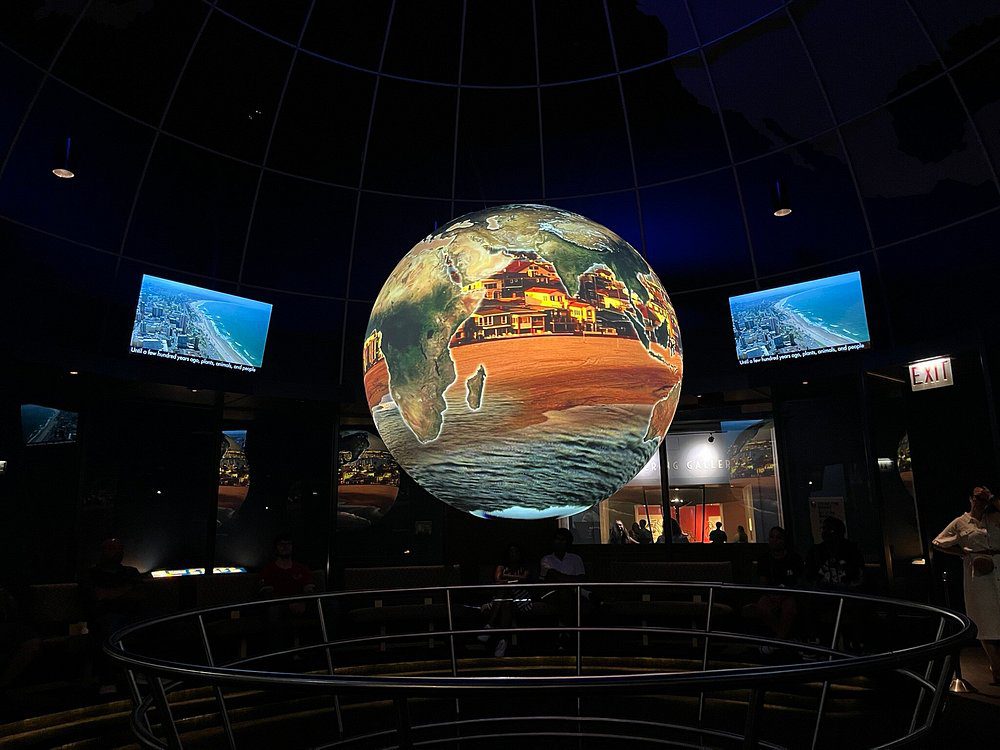Griffin Museum of Science and Industry (Griffin Museum of Science and Industry, MSI) — one of the largest science museums in the USA, located in the picturesque Jackson Park in Chicago.
The museum officially opened its doors in 1933 during the "Century of Progress" exposition, receiving generous support from Julius Rosenwald, president of Sears, Roebuck and Company, and other benefactors.

MSI features impressive exhibits representing a wide range of scientific achievements and technologies. Among them are the Apollo 8 command module, which became the first spaceship to go to the Moon; a large-scale replica of a coal mine; the German submarine U-505, captured during World War II; and the Pioneer Zephyr diesel-powered passenger train. Additionally, the museum boasts an impressive 330 m² model railway showcasing transportation and technological diversity.


The museum's history began with an idea to create a scientific institution that arose during the 1893 World's Columbian Exhibition. After the exhibition, the Palace of Fine Arts became home to the Columbian Museum, which later transformed into the Field Museum of Natural History.
In 1928, the museum officially received the name Museum of Science and Industry.
Over the years, the institution was opened to visitors in three stages, and today it hosts over 2000 exhibits across 75 large halls. These include unique collections illustrating achievements in science, technology, transportation history, and much more.


In 2024, the museum adopted a new name — Griffin Museum of Science and Industry, honoring the great benefactor Kenneth C. Griffin, who made a record-breaking contribution to its development. Today, MSI remains a key science and education center, engaging visitors with a wide range of educational programs, lectures, and themed exhibitions.
Current information:
Address: 5700 S Dusable Lk Shr Dr, Chicago, IL 60637, United States
Contacts: +1 (773) 684-1414
Hours:
Fri-Wed 09:30-16:00 (09:30 AM - 04:00 PM)
Thu 09:30-14:00 (09:30 AM - 02:00 PM)



